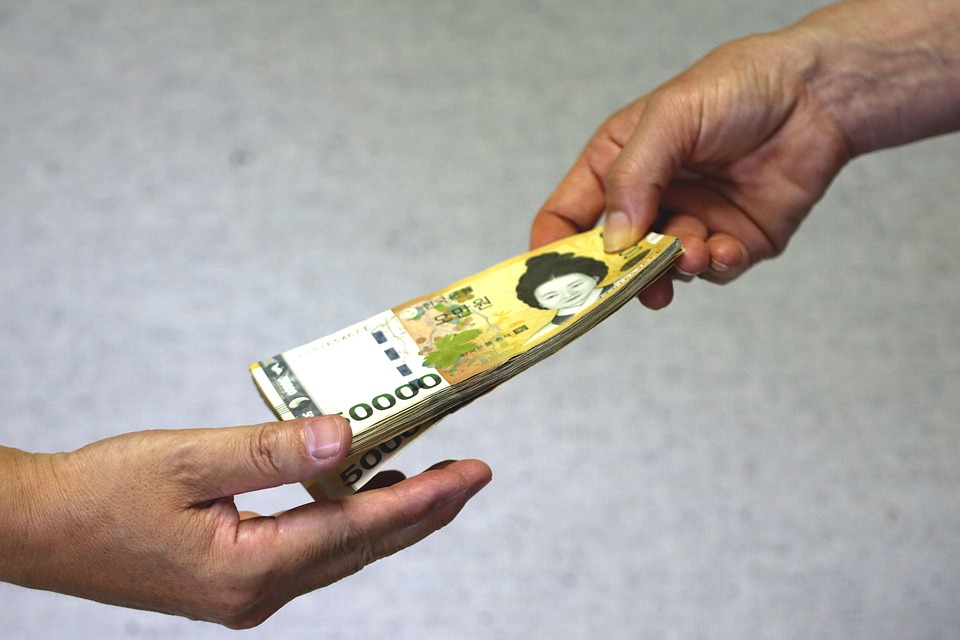The Ultimate Guide to Choosing the Right Business Card Material
Business cards are an essential tool for networking, marketing, and establishing professional connections. While the design and information on your card are crucial, the material you choose can significantly impact how your card is perceived. In this ultimate guide, we’ll explore various business card materials, their benefits, and how to select the right one for your needs.
Understanding Business Card Materials
Business cards can be made from a variety of materials, each offering unique qualities. The most common materials include:
- Paper: The traditional choice, available in various weights and finishes.
- Plastic: Durable and waterproof, offering a modern look.
- Metal: Premium and eye-catching, suitable for high-end branding.
- Wood: Eco-friendly and unique, providing a distinctive texture.
- Recycled Materials: Sustainable options for environmentally-conscious businesses.
Choosing the Right Material for Your Brand
When selecting the right material for your business card, consider the following factors:
Brand Identity
Your business card is a reflection of your brand. A creative agency might opt for a vibrant plastic card, while a law firm may prefer a classic, heavy paper card. Ensure that the material aligns with your brand’s identity and values.
Durability
If you frequently attend networking events or conferences, you’ll want a material that can withstand the wear and tear of being carried around. Plastic or metal cards are excellent choices for durability and longevity.
Finish and Texture
The finish of your business card can enhance its appeal. Glossy finishes can make colors pop, while matte finishes provide a more subdued, sophisticated look. Textured cards, such as those made from wood, can add an element of tactility that engages the recipient.
Cost Considerations
Budget is an important factor in selecting business card materials. Paper cards tend to be the most economical option, while metal and custom materials can be significantly more expensive. Consider how much you are willing to invest in your cards and choose a material that fits within your budget while still conveying the desired impression.
Environmental Impact
With increasing awareness of environmental issues, more businesses are opting for sustainable materials. Recycled paper or eco-friendly alternatives can resonate with consumers who value sustainability. If your brand emphasizes eco-consciousness, consider using materials that reflect that commitment.
Customization Options
Some materials offer more customization options than others. For example, paper cards can be easily printed with various designs, while metal cards may have limitations on color and design. Explore the customization capabilities of each material to ensure you can create a card that stands out.
Printing Techniques
Different materials may require specific printing techniques. For instance, embossing or foil stamping can have stunning effects on paper cards but may not be suitable for plastic or metal. Be sure to consult with your printer about the best techniques for your chosen material to achieve the desired effect.
Conclusion
Your business card is often the first impression potential clients or partners will have of you. Choosing the right material is crucial in conveying professionalism and aligning with your brand identity. By considering factors such as durability, cost, customization, and environmental impact, you can make an informed decision that enhances your networking efforts. Take the time to explore the various options available, and invest in a business card that truly represents your brand.



